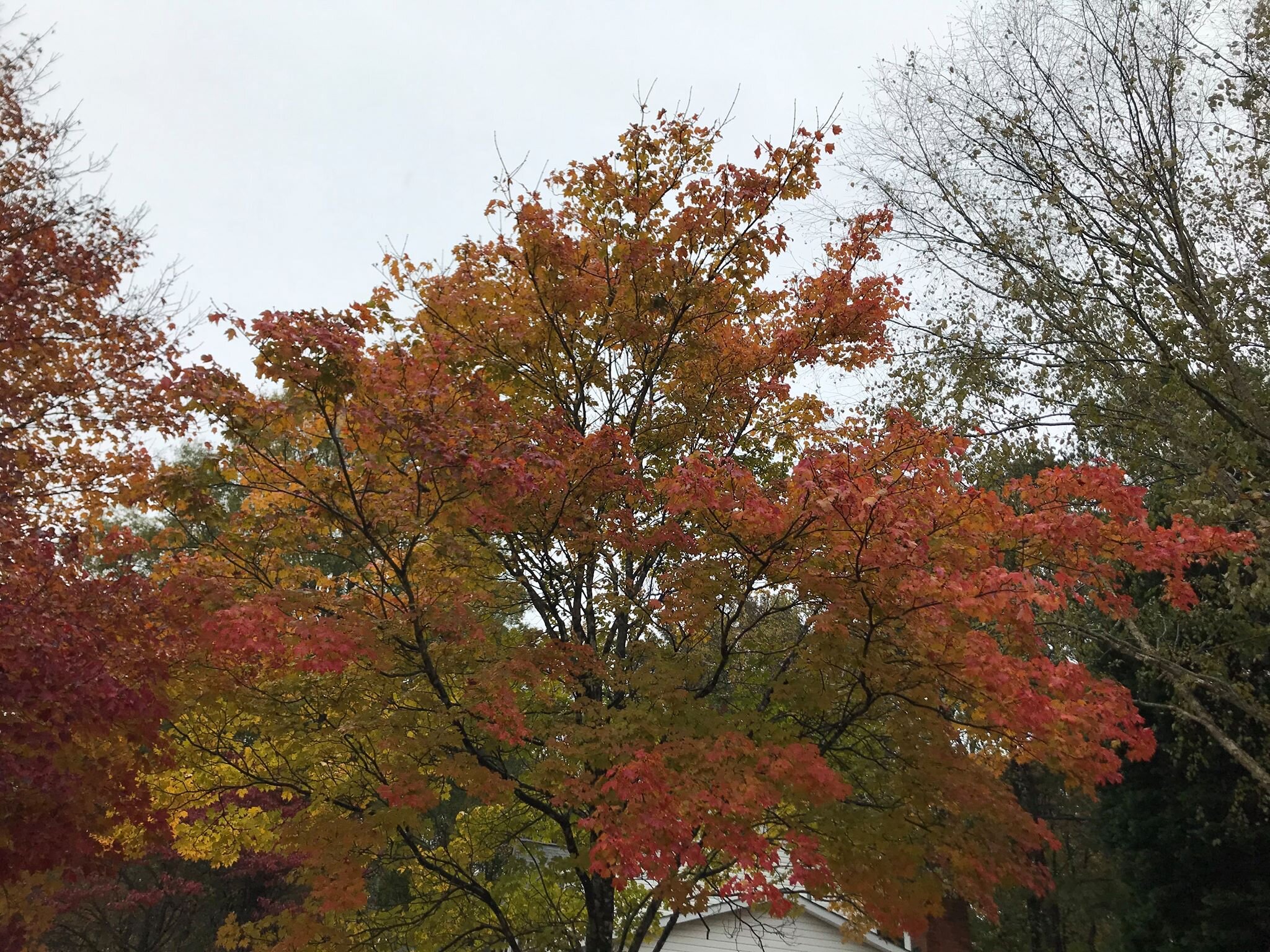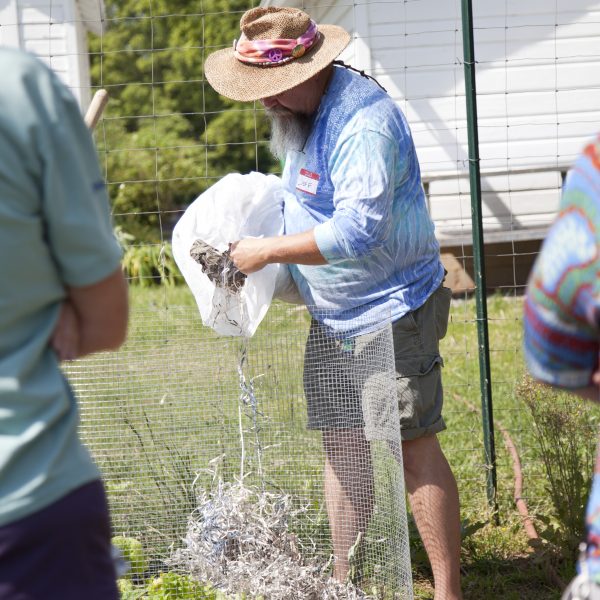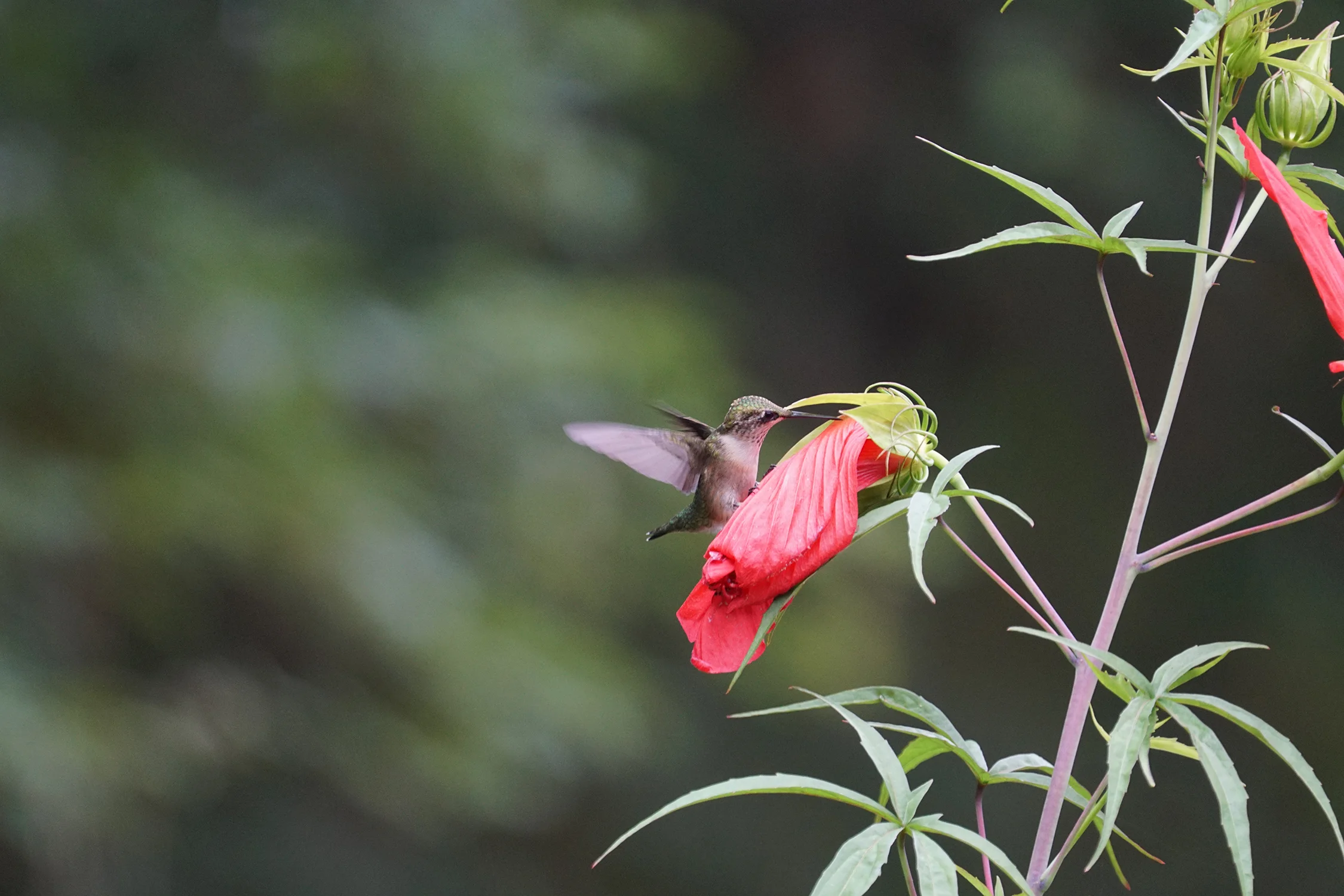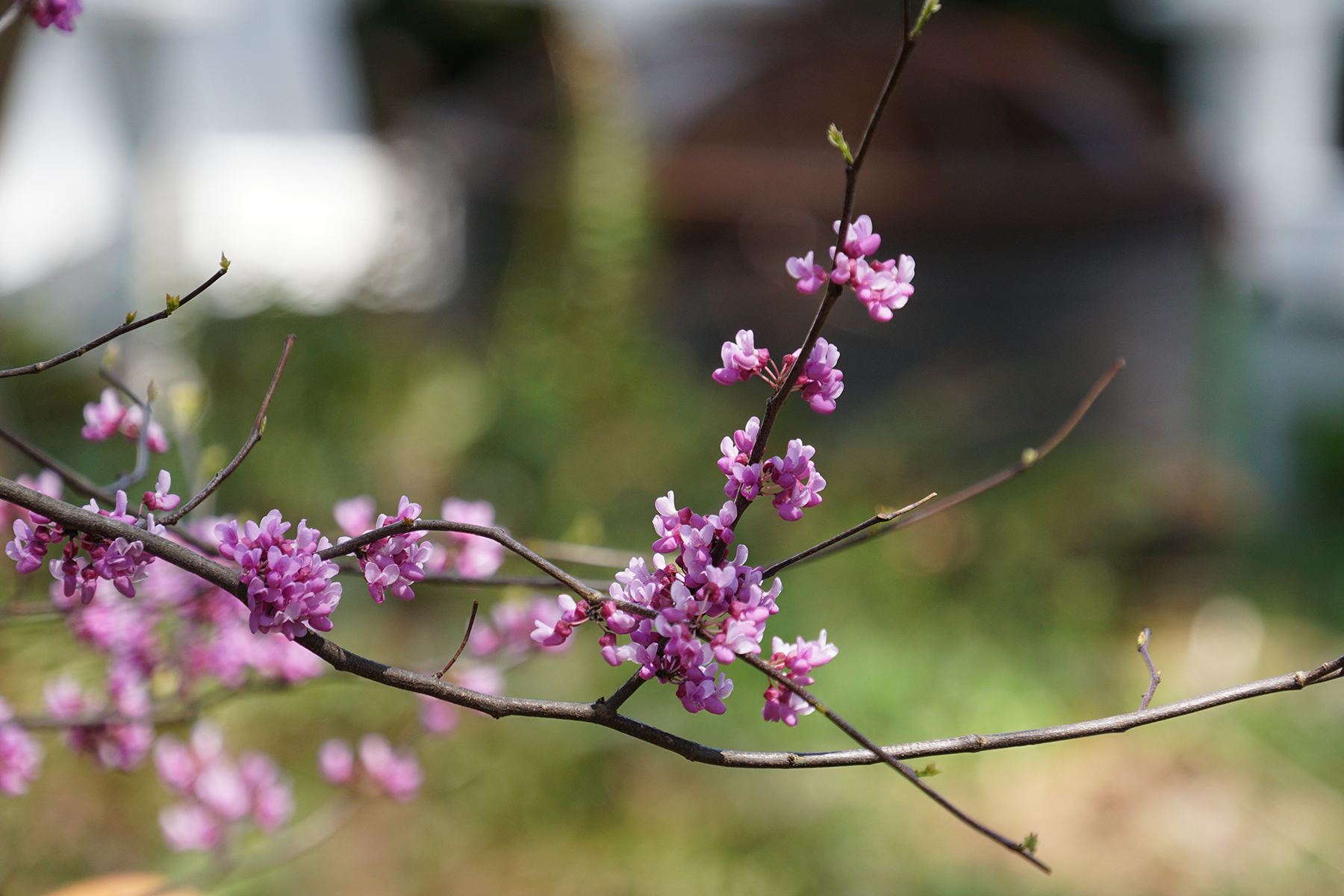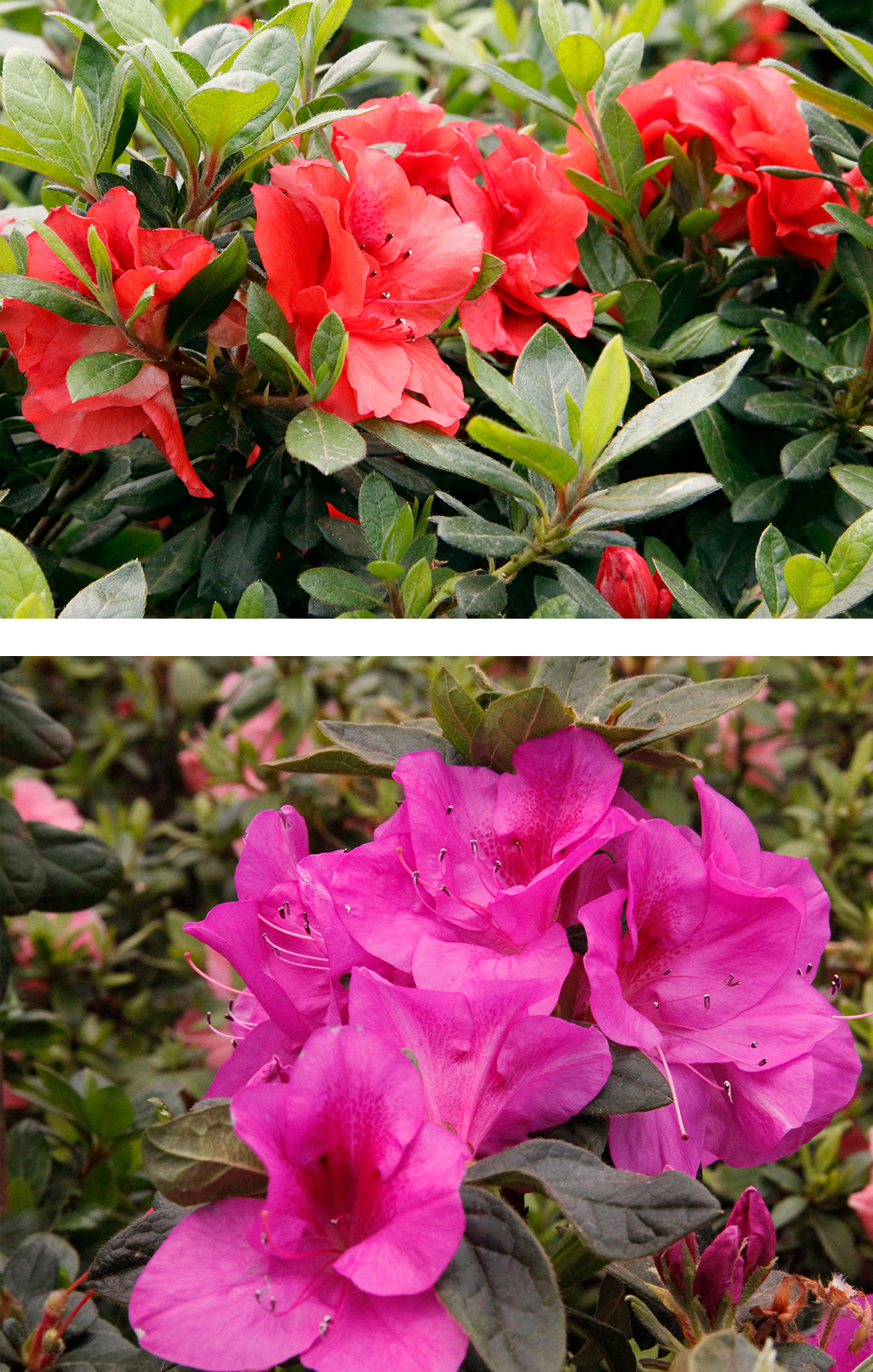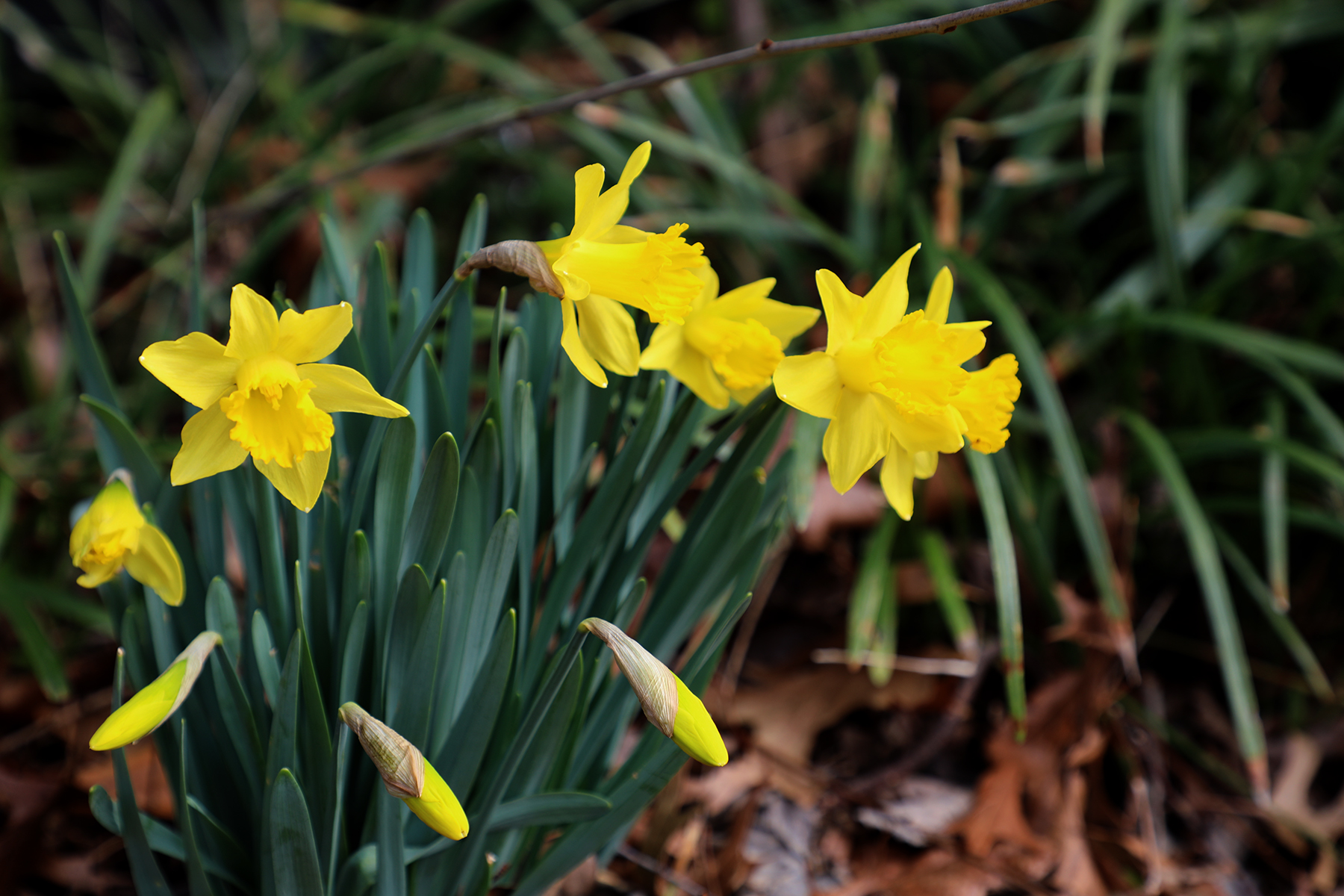Save your weekends! Protect your back! Support our wildlife and environment!
Photo by Debbie LeBlanc Foster
With temperatures still hitting 90 in October, it seems like fall was a long time coming this year, but looking around town, we finally have some beautiful fall color. That means that fallen leaves will be right around the corner.
How about a plan to save your weekends, protect your back, save some cash, and support our wildlife and environment, all at the same time?
Raking is hard on the back and time-consuming. Leaving the leaves on the ground provides fertilizer for trees and shrubs, so no need to go buy fertilizer. That gives you time for dinner and a movie, with no trip to the chiropractor needed.
Many kinds of wildlife depend on leaf litter. Eastern towhees, brown thrashers, and white-throated sparrows scratch around in the litter looking for tasty worms and bugs, which make their homes in the decomposing leaves.
“Butterflies and moths may over-winter as pupae and caterpillars. Eastern box turtles, worms, salamanders, toads, toads and even chipmunks use leaves for food and shelter.”
Look carefully, and you may find other critters in those leaves. Butterflies and moths may overwinter as pupae and caterpillars. Eastern box turtles, worms, salamanders, toads, toads, and even chipmunks use leaves for food and shelter.
Brace yourself for a startling statistic. In 2015 the Environmental Protection Agency reported that yard debris comprised almost 35 million tons of material, representing 13% all waste. A large percentage of this went to municipal recycling, while the rest went to landfills. Is this a problem?
Yes, it is. Decomposing yard waste releases methane gas into the atmosphere. Our landfills are reaching capacity, and leaf material just doesn't belong there. Rake it under and around trees and shrubs, run over it with a mulching mower or use it in a compost bin. Here's a link with great information on different types of composting.
So when spring arrives next year, you can pat yourself on the back for giving Mother Nature a helping hand - and all of her little creatures, too! Just leave the leaves!
